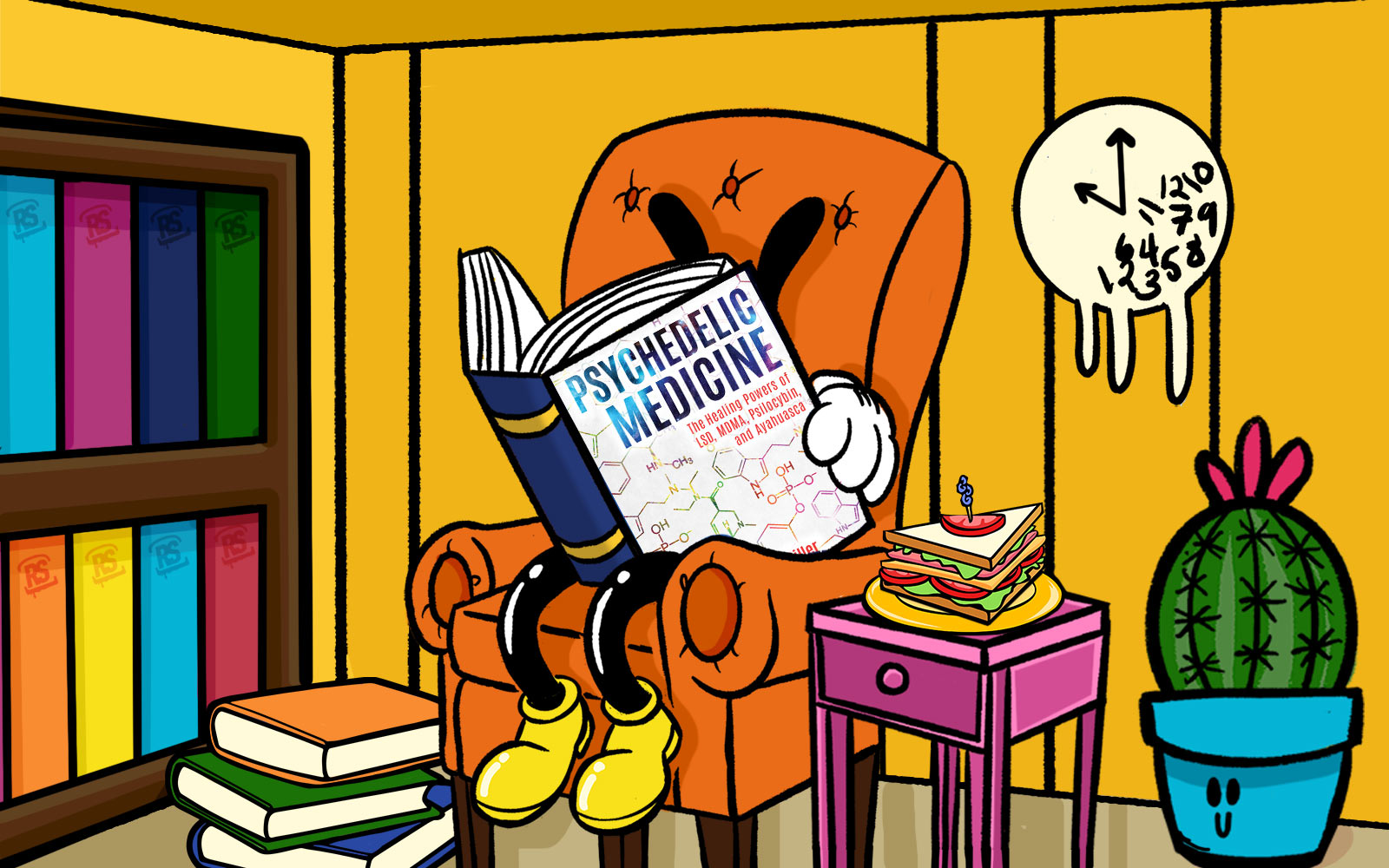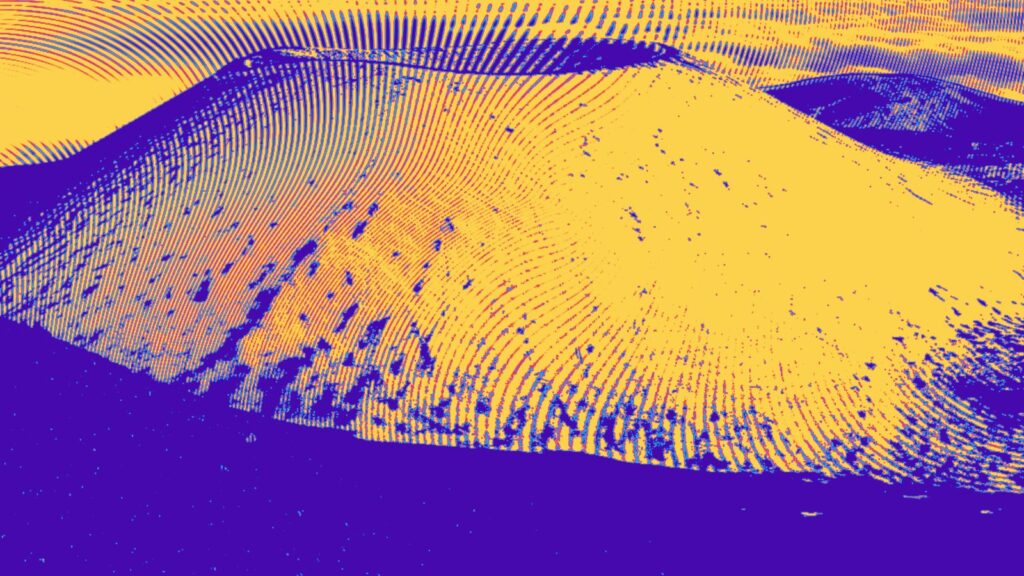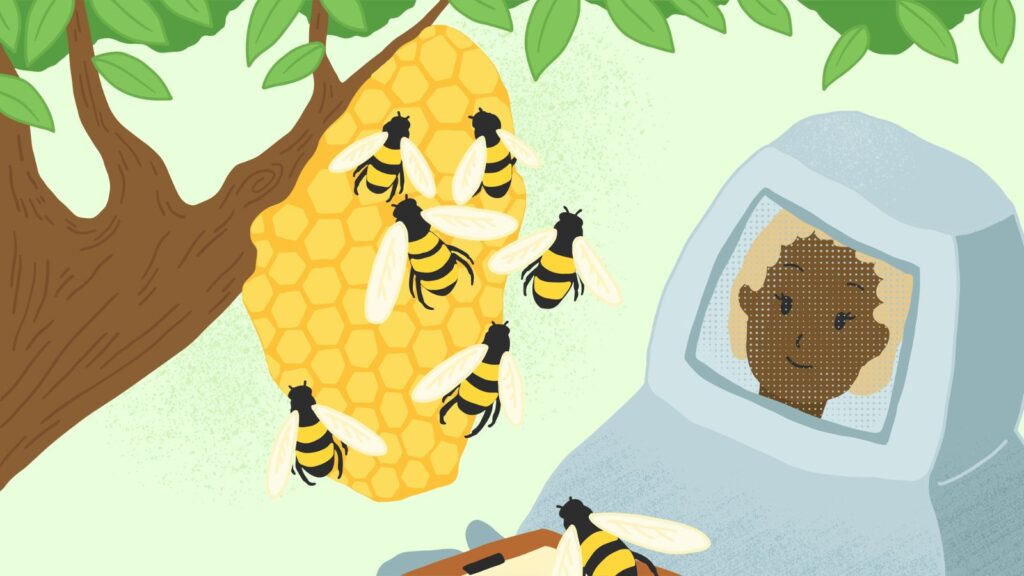Plants Meet People
Dennis McKenna, PhD, is an ethnopharmacologist who has studied plant hallucinogens for over forty years. Outside of scientific circles he is best known as the brother of Terence McKenna, a cultural icon in the psychedelic community. Together they are coauthors of The Invisible Landscape: Mind, Hallucinogens, and the I Ching and Psilocybin: Magic Mushroom Grower’s Guide—A Handbook for Psilocybin Enthusiasts. He is also the author of a memoir, Brotherhood of the Screaming Abyss: My Life with Terence McKenna, published in 2012.
A North American in a South American Paradigm
The Scientific Responsibilities of an Ethnobotanist
RLM: Tell us some personal experiences, please. How many times do you think you’ve taken ayahuasca in your lifetime?
Dennis McKenna, PhD (DM): I don’t really keep count—I’ve taken it many times.
RLM: More than one hundred?
DM: I am sure. But I’ve been working with it for thirty years, and for an ethnobotanist working in the field, it’s pretty much impossible not to take it—nor would it even be scientifically responsible not to take it. This is participant observation-type anthropology—if you want to understand how to use it in the indigenous context, you have to get down with the people that are using it and use it with them. You have to look through their lens and join the kinds of realities that it opens up to you. My experience with ayahuasca has been both professional and personal. I went to South America back in the ‘80s as a graduate student at the University of British Columbia with the objective of approaching this in a rigorous fashion—looking at the chemistry and pharmacology of ayahuasca and the plants used to produce it. That was the subject of my thesis.*
*D. J. McKenna, G. H. N. Towers, and F. S. Abbott, “Monoamine Oxidase Inhibitors in South American Hallucinogenic Plants: Tryptamine and ß-carboline Constituents of Ayahuasca,” Journal of Ethnopharmacology 10, no. 2 (1984): 195–223.
Vomiting: The Safeguard Against Overdosing
RLM: Can you overdose on ayahuasca?
DM: It’s difficult to do that. There may be a lethal dose but you’d be hard pressed to consume it. You’ve got your own built-in safeguard, which is that it causes you to vomit. You couldn’t possibly keep down a toxic dose of ayahuasca. These medicines are not toxic to the system. In general, the concern is more about the psychological effect, and that you can control—with the right kind of preparation and the right set and setting. You’re deliberately inducing an altered state. The question is, “What do you do with that state?” That’s where shamanism comes in. They deliberately induce altered states and use that as an opportunity for healing. So that’s what we have to learn from shamanism if we’re going to ever do this right in biomedicine.
Mind-Body Medicine
The Hoasca Study
DM: I spent time in South America. I collected many samples and analyzed those in the lab and published the results. And then, almost ten years later with some other colleagues, I initiated this biomedical study of ayahuasca with one of the Brazilian churches—what’s been called the Hoasca Study. They call it hoasca, not ayahuasca, in Portuguese. This was probably the most extensive study to date on the possible therapeutic uses of ayahuasca. They use it in a religious context, but there is no doubt that many of the volunteers we interviewed felt it was very important in curing them of their dysfunctional issues—usually either alcoholism or other addictions, but other kinds of what you might call “diseases of the spirit” as well. There is no doubt, in that supporting context, that ayahuasca was beneficial for these people.
RLM: It improved their mind-body health?
DM: Virtually all of them in our study section were in a bad place when they joined the church. They would usually join the UDV at the urging of a friend, because they were having domestic problems, or addiction problems, or they were getting into trouble with the law. They were in a dysfunctional place—not a spiritually balanced place. They felt their ayahuasca experience was what saved them, in the context of the church’s supportive environment where there is opportunity for integration and processing of the experience among the members. They often felt that it turned their lives around as long as they stayed on the straight and narrow—which meant taking ayahuasca regularly and staying in the church.
RLM: How regularly?
DM: Their practice is once every two weeks. That’s just how they do it, and that’s probably about right.
RLM: So we’re talking about a therapeutic dose twenty-six times a year roughly to stay on what you call the “straight and narrow.”
Not For Everyone
RLM: I heard something you said, and I saw it underlined in red before me, and that was “processing of the experience after the experience.” That sounded very important when you said it.
DM: It’s very important, and it is an aspect of psychedelic medicine that you don’t get with other medicines, even psychopharmaceuticals. Biomedicine these days is pretty much about psychopharmaceuticals. We have a whole pharmacopoeia of these things. There’s rarely any follow-up.
RLM: “Go home. Take this every single day, and I’ll see you in a month for fifteen minutes.”
DM: You can’t say that with psychedelics. You can’t say, “Take two of these LSD tablets and call me in the morning.” I mean . . . you could say that—and I guarantee you, you’re going to get a call in the morning. But seriously, you cannot separate these substances’ therapeutic use from the context—whether it is a shamanic context, or a psychotherapeutic context, or some combination of those. You have to have a supportive context. Timothy Leary, Ralph Metzner, and the others were absolutely right when they emphasized set and setting. The important thing is that the setting is chosen carefully—that it’s a safe environment where you won’t be distracted. Whether it’s a shaman’s hut in the Amazon, or in a clinic, or on top of a mountain; those are the key variables. It’s also important to be clear about why you are doing it and what you bring to the table. That is set—your intention. Is it therapeutic? Is it just a learning experience? Is it recreational? All of these are legitimate reasons, but it’s important to be clear about the reason for taking it.
RLM: Do we know enough about how to determine who is a candidate for this kind of experience?
DM: If you want to be in an FDA-approved clinical study, then you will be thoroughly screened. They have a protocol to evaluate people before they ever receive the medicine, and if it looks like they have psychological problems or physical problems, there’s a long list of exclusion criteria. By the time a person has cleared all those and is ready to have the trial, you can be reasonably confident that they can handle it, that there are no psychological problems that can’t be dealt with, that they don’t have preexisting psychosis, and that they’re physically able to handle it. That’s the value of clinical studies. They don’t just go into it half-cocked if you will.
Unregulated Mind-Body Medicine Abroad
DM: One of the aspects of ayahuasca that perhaps other psychedelics like psilocybin, for example, don’t bring is very much a sense that it is mind-body medicine. It certainly works on the mind, but it also works on the body, and some of the research with the UDV supports this—you know, it’s good for you. Not only is it good for your head, but it’s good for your immune system, for example.
RLM: Would you say the same thing about LSD?
DM: The work hasn’t been done, but it’s less so. LSD is more cerebral. Ayahuasca gets in there and fixes your body. There is an I-thou relationship set up in the experience. You definitely have a feeling that it is fixing physical problems. In some of the more radical episodes that people have described, the spirit doctors come and open up your chest and take out your heart and work on it and put it back in.*
*McKenna notes, “Since I gave this interview in 2011 I had that experience once and it was quite transformative.”
RLM: God, you make it sound so good. I wish I could go to Safeway and buy a bunch and just take some tonight.
DN: Well, but then it wouldn’t work! You have to have the shaman and the context.
RLM: The set and the setting.
DM: Ideally, people go to South America and find these healing centers, and they have the experience. That’s probably a good model. The problem with that is now ayahuasca tourism is quite popular, and so they’re not all on the up and up. I mean sometimes the ayahuasca is not good quality. You kind of have to know the ropes down there to know who the good shamans are and which ones are charlatans.
RLM: There’s no FDA for ayahuasca down there?
DM: There’s no FDA regulation of ayahuasca in South America, although there are discussions in Peru that there should be something like a union or a council of ayahuasqueros. If you’re a member of the union then you’re in good standing.*
*“The Ayahuasca Dialogues Report: Preliminary Research and Prospects for Safer and More Sustainable Ayahuasca,” with a foreword by Dennis McKenna, Ethnobotanical Stewardship Council (ESC), November 2014, www.ethnobotanicalcouncil.org/wp-content/uploads/2014/11/ESC_AyaDialogues-Report_Nov2014_eng1.pdf (accessed April 30, 2017).
RLM: Sure, or maybe eventually there will be consumer reports.
DM: Something like this. There is a need for quality control because now it’s getting so popular that everybody is jumping on board. The real ayahuasqueros—because it’s not something that you get into casually—have to know what they’re doing, and there’s quite a lot of training that goes into it.
RLM: I just want to underline something you said that’s also in Jim Fadiman’s latest book, The Psychedelic Explorer’s Guide, and that’s the importance of set and setting—preparing the day before to take the medicine with the proper person and then having time to process it the next day. Isn’t that important for what you’re talking about?
DM: Those are the key things to keep in mind.
Cheerleader for Psychedelic Research
As we know from chapter 2, Rick Doblin is by far the world’s foremost cheerleader for psychedelic research. As I mentioned before, I met him in 1985 at Esalen, where he was full of enthusiasm for his dream. He planned on going to Harvard, getting a PhD, and then founding a pharmaceutical company that would fund research around the world into psychedelics. He accomplished all of these things and more. His insights into ayahuasca in the following interview are invaluable.
About the Author:
Richard Louis Miller is an American clinical psychologist, author, founder of Wilbur Hot Springs Health Sanctuary, and broadcaster who hosts the Mind Body Health & Politics radio program. The program feature national figures from the world of medicine, psychology and politics.
Psychedelic Medicine by Dr. Richard Louis Miller © 2017 Park Street Press. Printed with permission from the publisher Inner Traditions International. www.InnerTraditions.com















